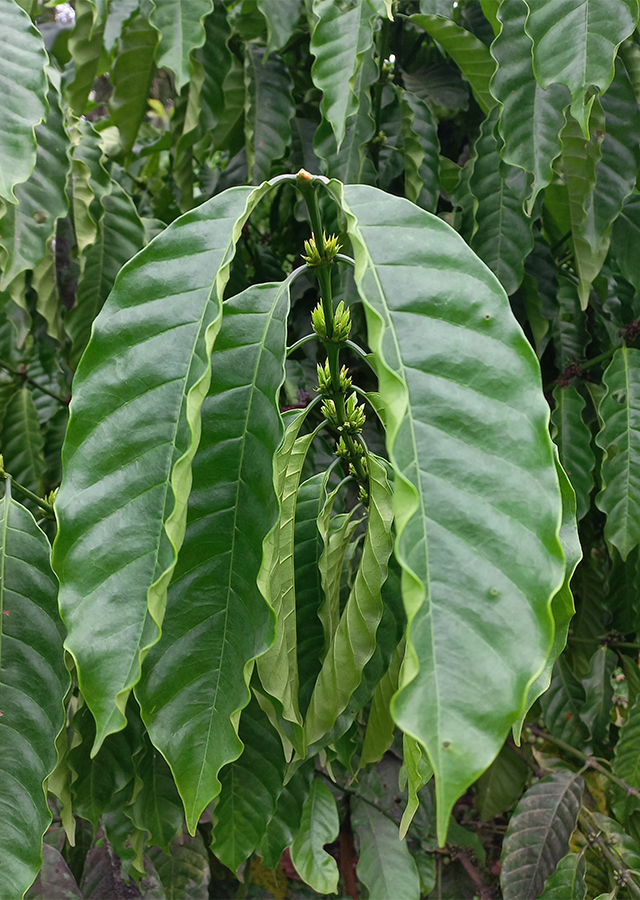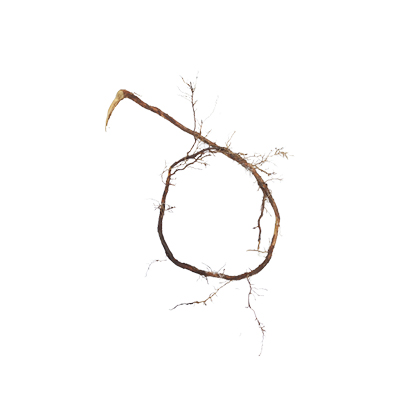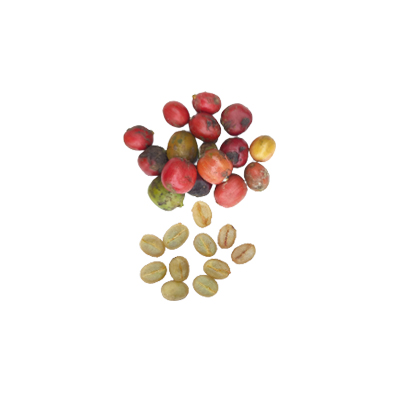Robusta Coffee
Coffea canephora Pierre ex A.Froehner
Rubiaceae
Location in our garden
Orchard



Synonym
Coffea bukobensis Zimm.
Coffea laurentii De Wild.
Coffea robusta L.Linden
Habitus
Shrubs. An evergreen shrub or small tree growing up to 12 m tall.
Part Used
Leaves
Seeds
Roots
Growing Requirements
Need Shade
High Rainfall
Habitat
Forest
Terrestrial
Overview
The Coffea Canephora originated in the northern forests of Ethiopia and now grows indigenously throughout western and central sub-Saharan Africa (Liberia – Tanzania – Angola). Since the original discovery of the Coffea plant, it has naturalized and made its way to other hot places around the world, like Vietnam, Nicaragua, Costa Rica, and the Lesser Antilles. In recent years, Vietnam, which produces mostly Robusta, has become the world’s largest exporter of Robusta coffee, accounting for over 40% of the total production. And Indonesia is one of the highest Robusta producers (about 20% of total production). The seeds are a source of coffee. They have a higher content of caffeine than any other member of this genus. The bean (seed) is also popularly used in skin care therapy. Pulp and parchment are used as manure and mulches.The fully formed, but unripe, fruits are boiled whole with herbs, then dried in the sun and used as a masticatory.
Vernacular Names
Robusta- Kaffeestrauch (German), Cafeto robusto (Spanish), Café-robusta (Portuguese), Robusta koffie (Dutch), Càphê robusta (Vietnamese), Robusuta koohiii (Japanese), Kafi (Hindi), Bin qasbi (Arabic), Zhong guo ka fei (Chinese).
Agroecology
A plant of the moister tropics, where it is usually found at elevations between 200-800 m, occasionally up to 1,300 m. It grows best in areas where annual daytime temperatures are within the range 20-30 °C, but can tolerate 12-36 °C.It can be killed by temperatures of 5 °C or lower. It prefers a mean annual rainfall in the range 1,700-3,000 mm, but tolerates 900 - 4,000 mm. Prefers a well-drained fertile, neutral to slightly acid soil. Succeeds in shallow soils in areas of high rainfall, and will stand temporary waterlogging. A pH in the range 5-6.3, tolerating 4-8. Plants can tolerate 21-30 days of mild drought.
Morphology
- Root - shallow taproot system.
- Leaves - drying thickly papery, elliptic, elliptic-oblong, or occasionally ovate-oblong, 15-30 cm long 6-12 cm wide, hairless on both surfaces, base wedge-shaped to broad.
- Flower - inflorescences with cymes 1-3 in each leaf axil, each cyme 3-6-flowered, stalk less to stalked with stalks up to 7 mm. Flower-stalks are up to 2 mm. Flower is white to pink, funnel-shaped. Flower tube is 5-16 mm; petals 5-7, spatula-shaped to narrowly elliptic, 8-19 mm, obtuse to rounded.
- Fruit - round, 1.0-1.2 cm across, smooth when dry, hairless, green when young turning to red as they mature.
- Seed - bold, round and greyish colored (after wet processing).
Cultivation
- Generative propagation is by seed. The viability of the seeds is comparatively short, depending upon conditions, and it is advisable to plant within 2 months of harvesting. The older the seeds, the longer they take to germinate and they lose viability. They can be planted with the parchment attached but germination is quicker when it is removed. Seedlings can be raised in shaded nurseries, planting them out into their permanent positions when 6 - 12 months old Layering
- Vegetative propagation is by layering, air layering and budding. For rooting of coffee cuttings, the single leaf-bud cutting is commonly used.
Chemical Constituents
Alkaloid (caffeine), flavonoid, saponin, tannin, terpenoid, phenolic compounds [eruloylquinic acids (3-, 4- dan 5-FQA), isomer monoester (3-, 4- and 5-CQA) and diester (3,4-, 3,5- and 4,5-diCQA) CQAs], and chlorogenic acid [3-O-caffeoylquinic acid (3-CQA), 4-O-caffeoylquinic acid (4-CQA), and 5-O-caffeoylquinic acid (5-CQA)].
Traditional Medicinal Uses
- The seed is a bitter, aromatic, stimulant herb that has diuretic effects and controls vomiting.
- Folk remedy for asthma, atropine poisoning, fever, flu, headache, jaundice, malaria, migraine, narcosis, nephrosis, opium poisoning, sores and vertigo.
- It is reported to be analgesic, an aphrodisiac, anorexic, antidotal, cardio tonic, CNS-stimulant, counter-irritant, diuretic, hypnotic, galactagogue and nervine.
Part Used
Reference Sources
- CABI. (2021). Invasive Compendium Species: Coffea canephora (robusta coffee). https://www.cabi.org/isc/datasheet/14793. 09-12-2021.
- Fern, Ken. (2021). Useful Tropical Plants: Coffea canephora. https://tropical.theferns.info/viewtropical.php?id=Coffea+canephora. 09-12-2021.
- Health Benefit Times. (2021). Facts about Robusta Coffee. https://www.healthbenefitstimes.com/robusta-coffee/. 09-12-2021.
- Kew Royal Botanic Gardens. (2021). Plants of the World Online: Coffea canephora Pierre ex A.Froehner. https://powo.science.kew.org/taxon/urn:lsid:ipni.org:names:747068-1. 09-12-2021.
- National Park of Singapore (2021). Flora & Fauna Web: Coffea canephora. https://www.nparks.gov.sg/florafaunaweb/flora/2/8/2819. 09-12-2021.
- Science Direct. (2015). Coffea Canephora. https://www.sciencedirect.com/topics/biochemistry-genetics-and-molecular-biology/coffea-canephora. 09-12-2021.


